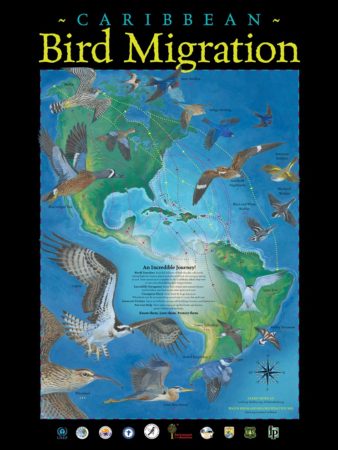Celebrate World Migratory Bird Day (WMBD) with us in our virtual “Birds Connect Our World” edition! Have fun learning about a new migratory bird every day. We have colouring pages, puzzles, activities, and more. Download for free and enjoy nature with your family at home.
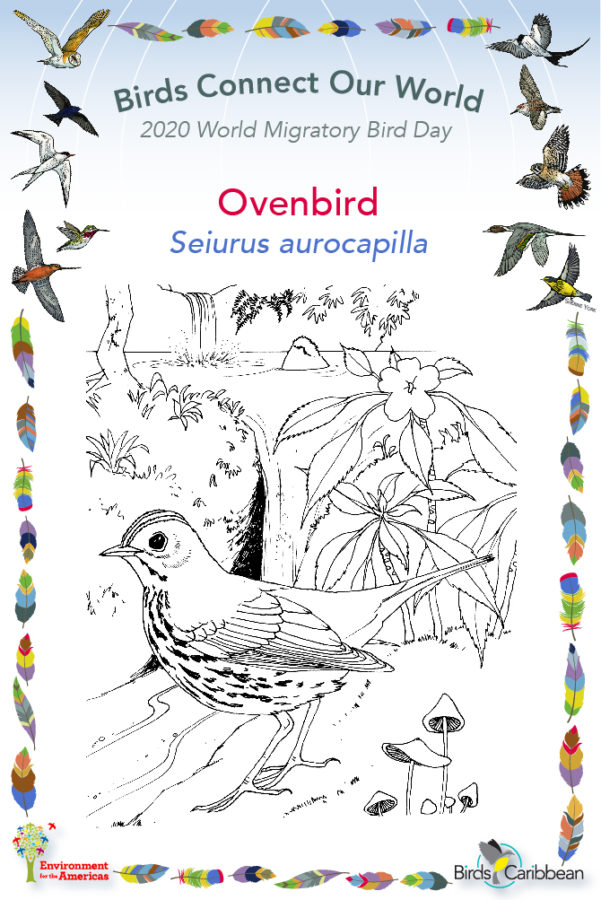
Migratory Bird of the Day: Ovenbird
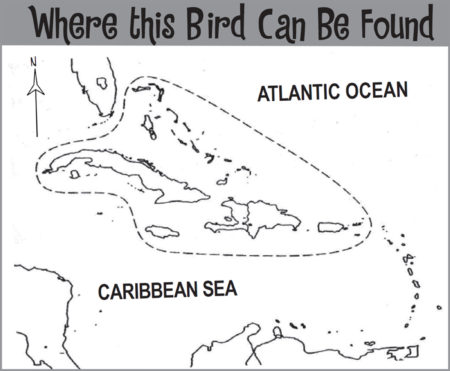
Ovenbirds are olive-brown above and have bold dark streaks on a white breast. Their coloration might make you think you’re looking at a small thrush, but these birds are actually warblers! They also have an orange crown stripe bordered by black on both sides and a white eyering. Ovenbirds also behave like thrushes. They are often seen on the ground, with their tail up in the air, searching through leaf litter for food. If you look carefully you’ll notice they walk, rather than hop like a thrush.
You might wonder how this bird got its curious name. Ovenbirds are named after the shape of the nest. These are made on the ground and have a woven dome above them, which looks like an outdoor bread-oven. Ovenbirds breed in forests across the northeastern US and Canada. Although they are not the most colourful birds they do make their presence known during the breeding season with their very loud tea-cher, tea-cher, tea-cher calls.
Ovenbirds are long distance migrants and head south in fall to spend the winter in Mexico, Central America, Florida and the Caribbean. They are most commonly seen in the Bahamas and Greater Antilles, from August through to May. They also winter in the Virgin and Cayman Islands, and can sometimes be seen in the Lesser Antilles. Our winter visitors will be birds that nested on the Eastern Side of the Appalachian mountains.
During winter Ovenbirds can be found in a wide variety of habitats, including forests, woodlands, scrub, mangroves, and shade coffee plantations, often near streams or pools. Ovenbirds search for ants, beetles, and other insects on the forest floor. They bob their heads and flick their tails when walking, but their dull colours make them difficult to see. Ovenbirds often migrate with storm fronts, which affect the route they take. If these fronts pass by cities large numbers of Ovenbirds can be victims of collisions with tall buildings. Learn more about this species, including its range, photos, and calls here.
Colour in the Ovenbird!
Download the page from Migratory Birds of the West Indies Colouring Book. Use the photos below as your guide, or you can look up pictures of the bird online or in a bird field guide if you have one. Share your coloured-in page with us by posting it online and tagging us @BirdsCaribbean #WMBD2020Carib
Listen to the calls of the Ovenbird
During the winter Ovenbirds do not tend to sing, but do make a sharp “tsuk” call which they repeat.
Puzzle of the Day
Click on the images below to do the puzzles. You can make the puzzle as easy or as hard as you like – for example, 6, 8, or 12 pieces for young children, all the way up to 1,024 pieces for those that are up for a challenge!
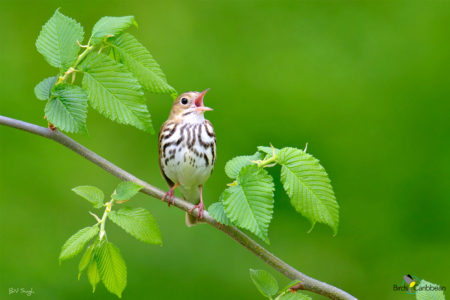
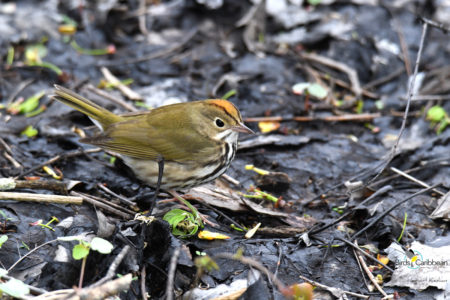
Activity of the Day
FOR KIDS: We have met many migratory birds during this series. Download this poster showing some of them! On the poster you can see some routes of the amazing migratory journeys that these birds make- twice every year! The poster is also available to download here in French. There are also version in Spanish for Cuba Puerto Rico and the Dominican Republic.
FOR KIDS AND ADULTS:
- Take a walk and see if you can spot any migratory warblers, look up in the trees to look for any American Redstarts flitting about amongst the leaves. Use a bird field guide or the FREE Merlin bird ID app to help you identify the birds you are seeing.
- Enjoy the videos below of Ovenbirds in the Wild! The first shows a bird on the ground, searching for food. This is typical behaviour for Ovenbirds, notice it walks rather than hops! The second video shows a bird perched up in a tree and singing during the breeding season. You will hear the distinctive and loud “Tea-cher, Tea-cher Tea-chear” refrain.
- Visit MigratoryBirdDay.org for many more free activities and resources to learn about migratory birds, their threats and conservation actions you can take.

